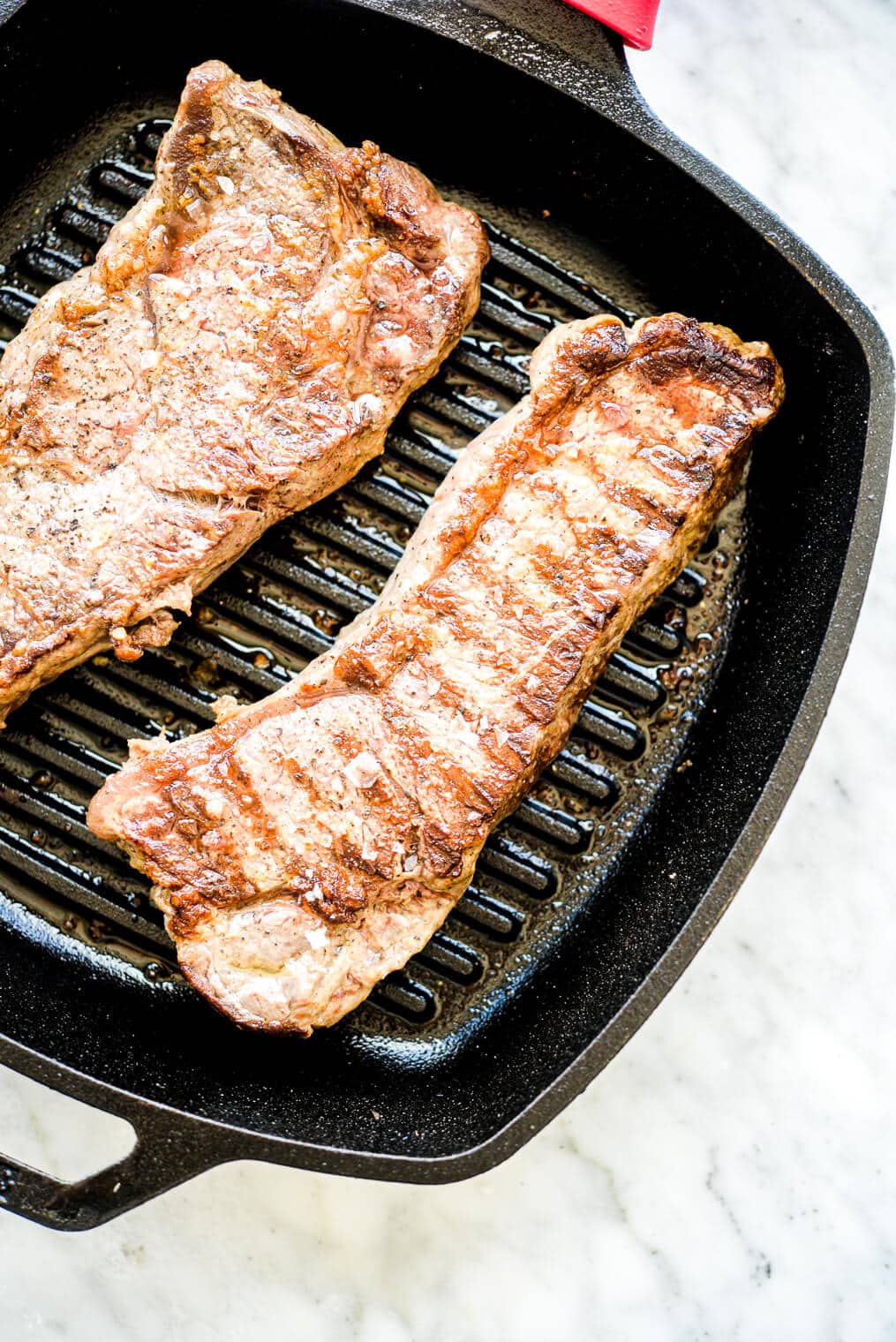The Perfect Cut
A ribeye steak, with its rich marbling and tender, juicy meat, is a classic choice for a delicious meal. But what makes a ribeye truly exceptional? It’s not just about the cut of meat; it’s also about understanding the science behind the sizzle.

Marbling: The Key to Juiciness
The secret to a juicy ribeye lies in its marbling. Marbling refers to the intramuscular fat that runs through the meat. As the steak cooks, this fat melts, basting the meat and keeping it moist. More marbling equals more flavor and juiciness.
The Maillard Reaction: A Flavorful Transformation
When you sear a ribeye, you’re initiating a chemical reaction called the Maillard reaction. This reaction occurs when amino acids and reducing sugars in the meat combine and react with heat. The result is a complex array of flavors and aromas that give the steak its distinctive, savory taste.
The Role of Temperature
The temperature at which you cook your ribeye is crucial. If you cook it at too low a temperature, the meat will dry out. If you cook it at too high a temperature, the outside will burn before the inside is cooked through. The ideal temperature for searing a ribeye is around 450°F (230°C). This high heat creates a beautiful crust while allowing the inside to cook to your desired level of doneness.
Resting: The Final Touch
Once your ribeye is cooked to perfection, it’s important to let it rest for a few minutes before cutting into it. This allows the juices to redistribute throughout the meat, resulting in a more tender and flavorful steak.
Choosing the Right grill pan
While a grill pan is a great tool for cooking a ribeye, not all grill pans are created equal. Look for a grill pan with thick, heavy-duty construction that will retain heat evenly. Cast iron grill pans are a popular choice, as they are durable and heat up quickly.
Preheating the Grill Pan
Before you add your ribeye to the grill pan, it’s important to preheat it thoroughly. A hot grill pan will create a beautiful sear on the meat.
Oiling the Steak, Not the Pan
When cooking a ribeye, it’s best to oil the steak, not the pan. This helps to prevent the oil from smoking and ensures that the steak sears evenly.
Flipping the Steak
Flipping the steak too often can disrupt the Maillard reaction and prevent a good sear. Aim to flip the steak only once or twice during the cooking process.
Monitoring the Internal Temperature
Using a meat thermometer is the most accurate way to determine the internal temperature of your steak. The ideal temperature for a medium-rare ribeye is 130°F (54°C).
Searing the Edges
For an extra crispy edge, sear the edges of the steak on the grill pan before cooking it on the flat side.
The Art of Seasoning
A simple seasoning of salt and pepper is all you need to bring out the natural flavor of a ribeye. However, if you want to add a little extra flavor, you can experiment with other seasonings such as garlic powder, onion powder, or herbs.
By understanding the science behind cooking a ribeye, you can create a delicious meal that’s sure to impress.
Choosing the right cut of ribeye is crucial for a mouthwatering grilling experience. But what makes a ribeye perfect? Let’s dive into the details.
Marbling: The Key to Juiciness
When selecting a ribeye, look for a cut with ample marbling. Marbling refers to the intramuscular fat dispersed throughout the meat. This fat renders during cooking, infusing the steak with incredible flavor and keeping it moist and tender. The more marbling, the juicier and tastier the steak will be.
Thickness: The Goldilocks Zone
The thickness of your ribeye is another important factor. A steak that’s too thin will cook quickly and risk becoming dry, while one that’s too thick may require longer cooking times and uneven results. Aim for a thickness of about 1.5 to 2 inches. This range allows for a perfect balance of a crispy exterior and a juicy, medium-rare interior.
Bone-In or Boneless: A Matter of Preference
The choice between bone-in and boneless ribeye is largely a matter of personal preference. Bone-in ribeyes can add a delightful flavor and a touch of rustic charm. The bone also helps to conduct heat more evenly, resulting in a more flavorful and tender steak. However, boneless ribeyes are easier to handle and cook. Ultimately, the best choice depends on your cooking style and desired outcome.
Aging: Enhancing Flavor and Tenderness
Aging is a process that involves storing meat in a controlled environment to allow enzymes to break down muscle fibers. This process tenderizes the meat and intensifies its flavor. Dry-aged ribeyes are particularly prized for their rich, complex flavors and tender texture. However, wet-aged ribeyes are also excellent choices, offering a more consistent flavor profile and a more affordable price point.
Sourcing: Local and Sustainable
When possible, choose locally sourced ribeye. This supports local farmers and ensures that the meat is fresh and of high quality. Additionally, consider the sustainability practices of the producer. Look for labels indicating that the beef is grass-fed or raised on sustainable farms.
By carefully selecting the perfect ribeye cut, you’re setting the stage for a truly unforgettable grilling experience. So, the next time you’re at the butcher shop, keep these tips in mind and choose a ribeye that will elevate your meal to new heights.